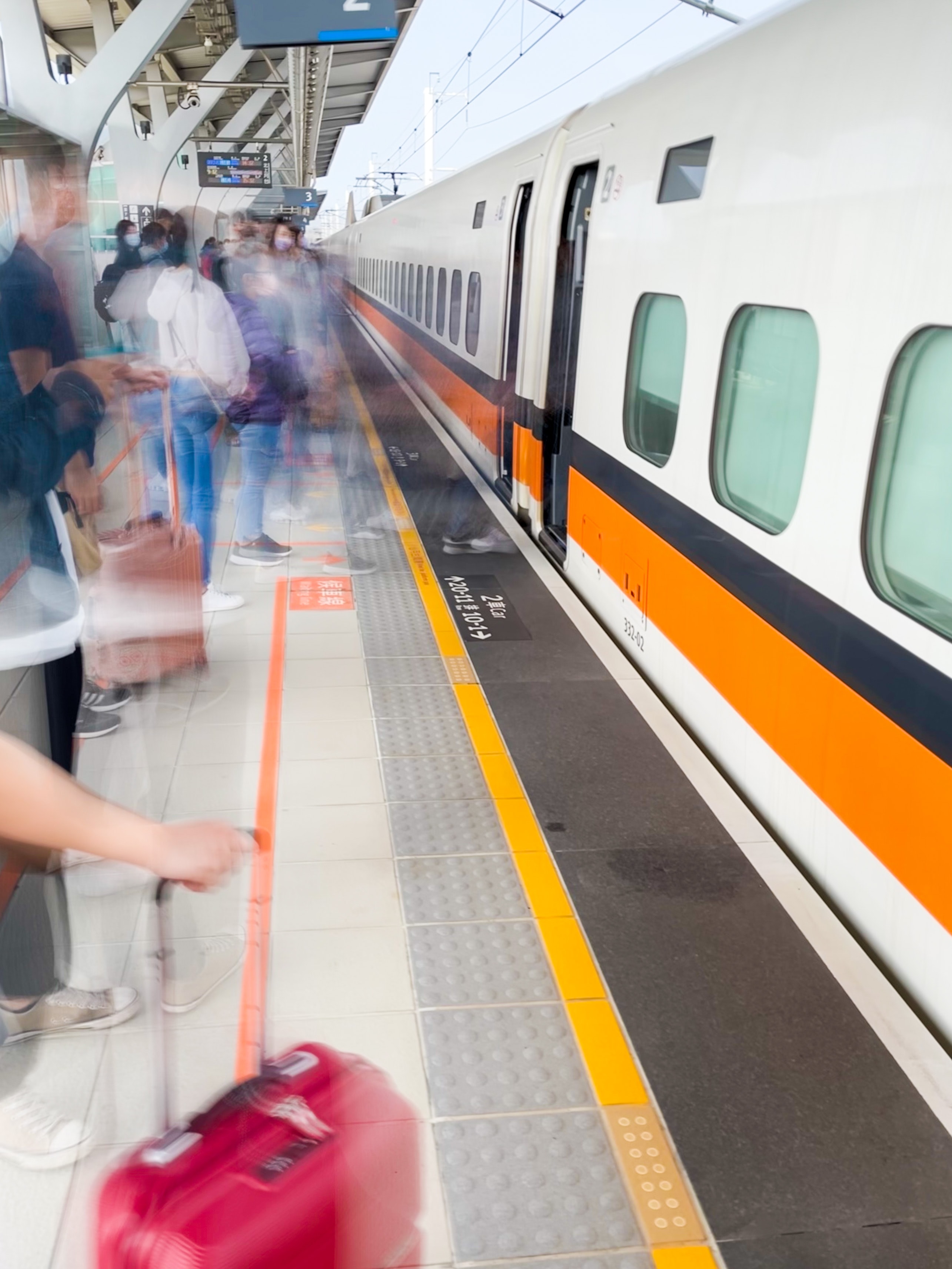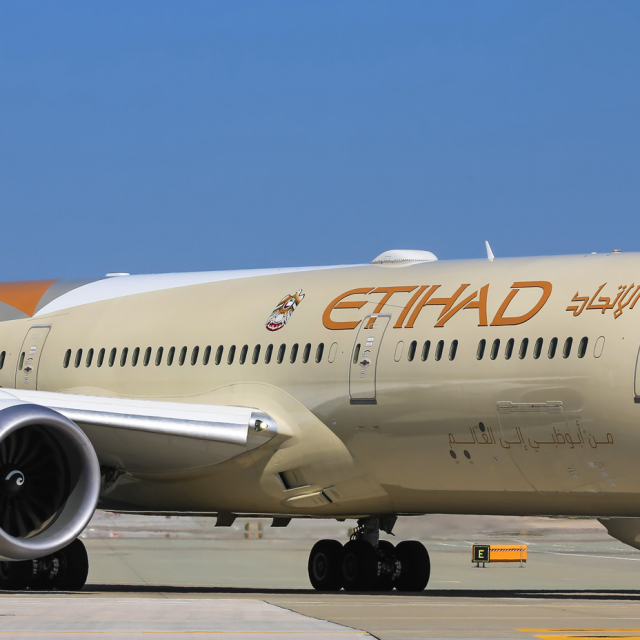Photo by Winston Chen on Unsplash
Following his invention of the Rocket, in 1829 Robert Stephenson inaugurated the first inter-city railway in the world: connecting Liverpool and Manchester in the country’s northern manufacturing heartland was an obvious priority. Since then other countries have leapt into the future with high speed trains, while the UK struggles with one of the most out-of-date networks in Europe while paying rail workers some of the highest salaries.
Japan took the first leap in 1964 when it launched the Shinkanzen bullet-trains, now covering some 3,000km across a national network including some outlying islands. China only started in 2003, but has already built some 42,000km of high-speed tracks, with more planned. Full national inter-connectivity has been a priority for both countries: the EU shares the same objective.
Research released by Statista last year put Spain in the lead within the EU with 3,487km of high-speed track in 2020, followed by France and Germany with 2,734km and 1,571km respectively. However, in December 2021 the European Commission announced proposals for a new Trans-European Transport Network crossing Member State boundaries. These included new connections such as Budapest to Bucharest, Copenhagen to Hamburg and Vigo to Porto. At a stroke these will by-pass existing challenges within Central and Eastern Europe, where historic tracks are on different gauges and run east and north to Russia rather than south and west. The costs will be considerable but the perceived benefits, political as well as economic, will be real: the EU will literally be welded together with lines of steel.
The EU has generally contributed around 11% of construction costs to the various Member States: in April 2016, before the Brexit referendum, a written Parliamentary answer established that the UK’s submission for funds for HS2 had been crafted in such a way that the EU only contributed €39.2m or 0.05% of the projected cost of £55bn – another example of the country’s unique negotiating skills. The cost has since spiralled to at least £80bn, with the price per kilometre of track already up to nine times higher than France. The obvious question is why?
The obvious answer would be because tracks in the UK have to be laid or tunnelled through more built-up areas than France, but that is far from the whole story. Sir David Higgins, the successful Chief Executive of the London Olympic Delivery authority who was brought in to oversee the delivery of HS2, gave clear evidence to the House of Commons Transport Select Committee. He stated that the UK ‘could not hide behind the idea that our country is more densely populated than France’. He described the UK Railway construction industry as ‘fragmented, low-cost, low margin, buying on the lowest common denominator and not investing in long term skills’; this was in marked contrast to the large Spanish, German or French multi-discipline contractor companies who invested in research and development as well as training. He could have added that the UK Government decision process has made matters worse.
First, the Government decided that the trains should travel at up to 360km per hour, faster than any other train service in Europe. Why? Then it decided that tracks should carry 18 trains per hour, more than any other high-speed line anywhere in the world. Again why? The implications of both have been massive: signalling systems now have more complicated requirements, ballast on the tracks needs to be extra dense and tunnels need to be wider in order to cope with the greater air compression from faster trains. Finally, incessant dithering over the siting of stations and links to the north have driven more uncertainty and delays, which in turn have meant coming up against rising costs of timber, steel, concrete and energy.
The original HS1 was a mere 108km, heading south from London to the Channel tunnel. HS2 was conceived as opening up in the opposite direction, to secure the ‘levelling up’ of northern towns and cities. This pledge turned out to be just a slogan, as the eastern leg to Leeds plus the firmly-promised new station in Bradford were both axed by Boris Johnson in 2021. The extension to Scotland was also downgraded to operate on existing lines rather than on high-speed tracks.
Hilary Benn, MP for Leeds Central, said at the time that Leeds and the North had been betrayed: this was before the current news that the Birmingham to Crewe and onwards to Manchester extensions will now be delayed by a further two years in order to ‘save money’, though HS2 Chief Executive Mark Thurston has admitted that such delays would not typically save any money in the long run.
While the EU extends its HS network at speed, it may be fully two decades before the UK’s HS2 reaches Manchester. London will be fine – is anyone surprised? Levelling up the North will just have to wait, again.
Philip Bushill-Matthews March 2023





HS2 has become an totemic issue dividing north and south, conservative and liberal, old and young, green and otherwise. I have often wondered why UK has less than one hundred miles of ‘high speed’ line while our European friends have thousands of miles (and China has 16,000 miles). They can’t all be wrong: and they can’t all have cost as much or taken as long to complete as our putative line, now expected to be completed in the 2040s! Much is explained in this short article. Thank you.